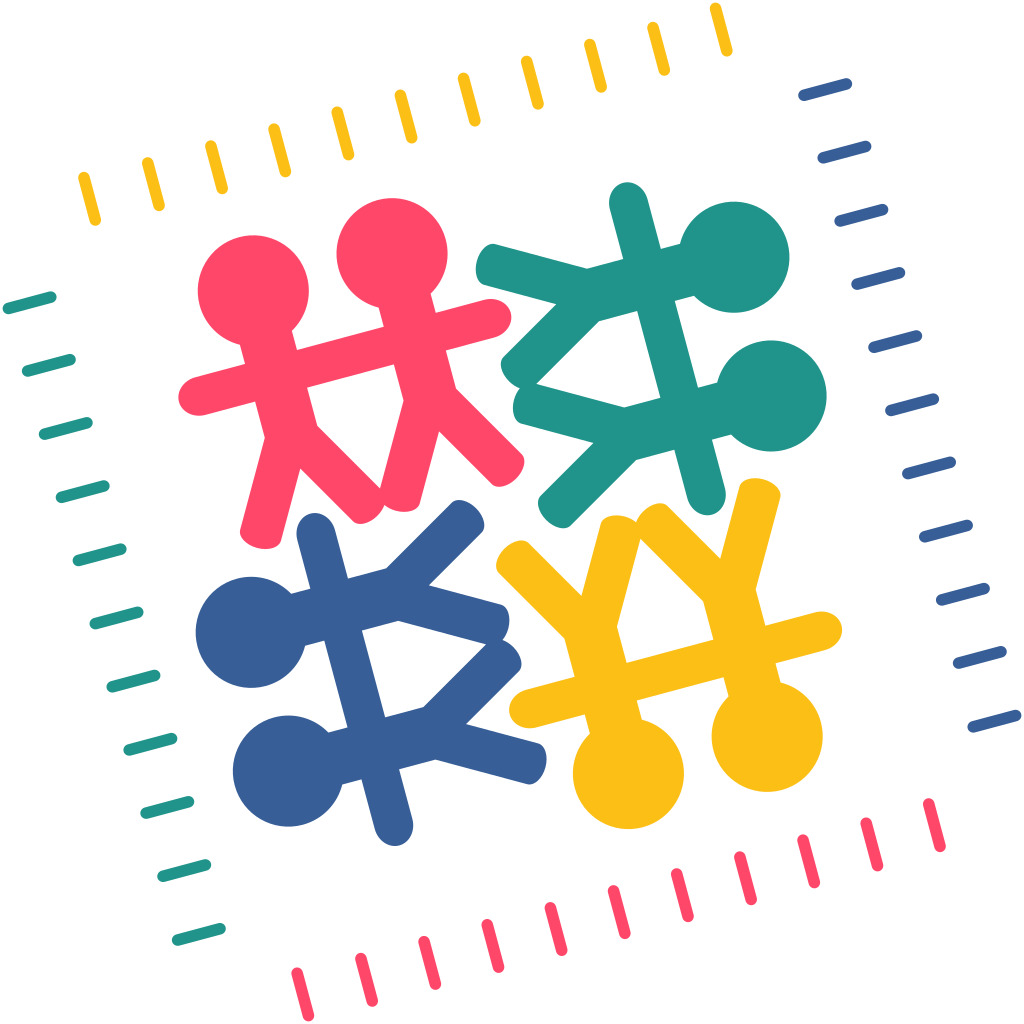How to Get Kids to Wear Face Masks ...
- Pediatrics R Us

- Jul 13, 2020
- 3 min read
By now, we all know that the novel coronavirus spreads when an infected person speaks, sneezes, or coughs within six feet of others and that wearing a mask or cloth face covering can slow the spread of COVID-19 by limiting the release of virus into the air. As schools get ready to reopen in the fall, many parents are looking for guidance, especially on how to encourage their child to wear a face covering during the pandemic.

Why should kids over the age of 2 wear a face covering if COVID-19 seems to be showing up predominantly in adults?
We know that the main way SARS-CoV-2, the virus that causes COVID-19, spreads is by respiratory droplets. Although it appears that children may be less likely to become infected and spread the SARS-CoV-2 virus, if infected, they may still be able to transmit the virus.
People can spread the virus even if they don’t have symptoms or are pre-symptomatic, and children are commonly asymptomatic or only mildly symptomatic when infected, so the recommendation is that everyone over 2 years of age wear a mask to prevent the spread of the SARS-CoV-2 virus.
What is the best type of face covering for a child, and do the type of material, the number of layers, and use of a filter matter?
The World Health Organization recommends having a multi-layer face covering to stop particles from getting in; however, having a number of layers and a filter may make it difficult for the wearer to breathe. I agree with the CDC recommendations that standard cotton masks (preferably, using tightly woven fabric like that used in a T-shirt) are fine for children.
Can wearing a mask be harmful for a child?
Children under the age of 2 should not wear a mask due to risk of suffocation. Parents of children with special health care needs should speak to their child’s pediatrician about face coverings. Also, when a mask impedes a child’s ability to breathe normally, or when they are unable to remove the mask on their own if needed, the CDC recommends that a face covering should not be worn.
If the mask resulted in a child constantly touching his or her face, consider forgoing its use and focusing on other measures, like frequent hand hygiene, staying home when sick, and social distancing, instead.
What should parents do to encourage their child to wear a mask?
It’s important for parents to be open and honest with their child when talking about face masks, and keep the conversation at a level the child can understand. Explain to the child why the masks are needed for his/her safety and the safety of others. Encourage the children to wear face coverings mainly when it is difficult to maintain a distance of six feet from others.
The American Academy of Pediatrics has helpful information for parents about cloth face coverings for children during COVID-19, including:
Have your child practice wearing the face covering for a short period of time to help him get used to it.
Give kids time to practice wearing their masks at home before they wear it in public.
Make it fun! Let the child pretend to be a doctor or nurse while wearing mask. Put a cloth face covering on a favorite stuffed animal and let them take care of it.
Let kids choose their mask color, fabric or decoration for the masks. Decorate the masks so that they are more personalized and fun, however, ensure it does not compromise the integrity of mask.
Draw masks onto pictures of their favorite characters: super-heroes, cartoon characters, athletes, toys, etc.
Be a role model, wear a mask yourself and tell your child how it keeps both you and others safe.
Praise and positively reinforce when the child wears a mask and practices hygiene.
What is the best way for a child to wear a face mask?
Have the child wash hands for 20 seconds before touching the masks.
Have her wear it over her nose and mouth, and make sure that it fits snugly against the sides of her face.
Show her how to take the mask off by pulling on the ear loops or ties.
Have her wash her hands after handling the mask.
Teach children not to touch the mask surfaces or share it with other.
For more information and guidance on best practices to prevent risk of exposure or transmission of COVID-19, contact your child’s physician.


Comments